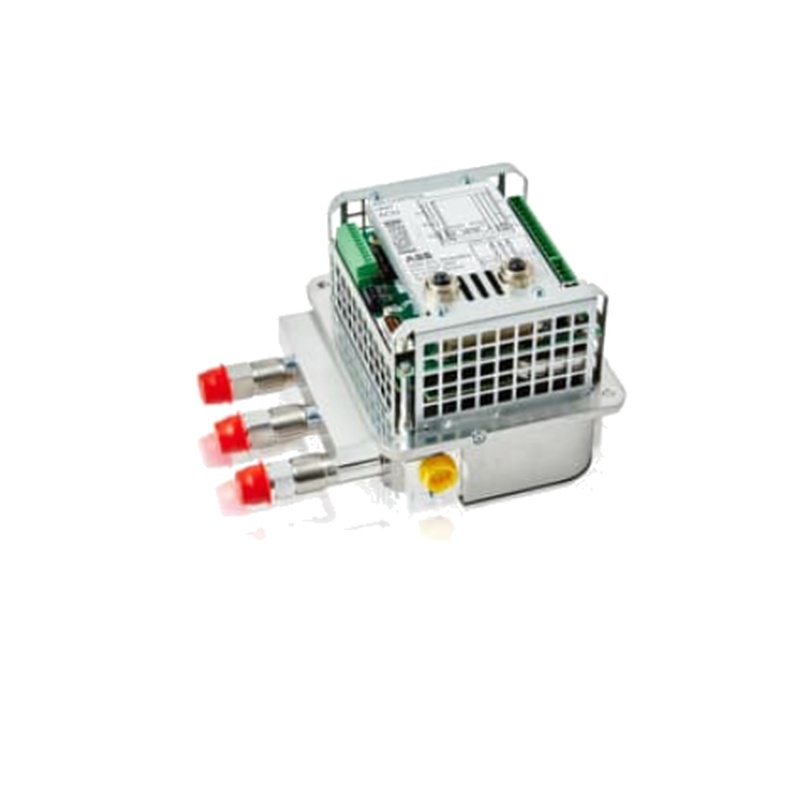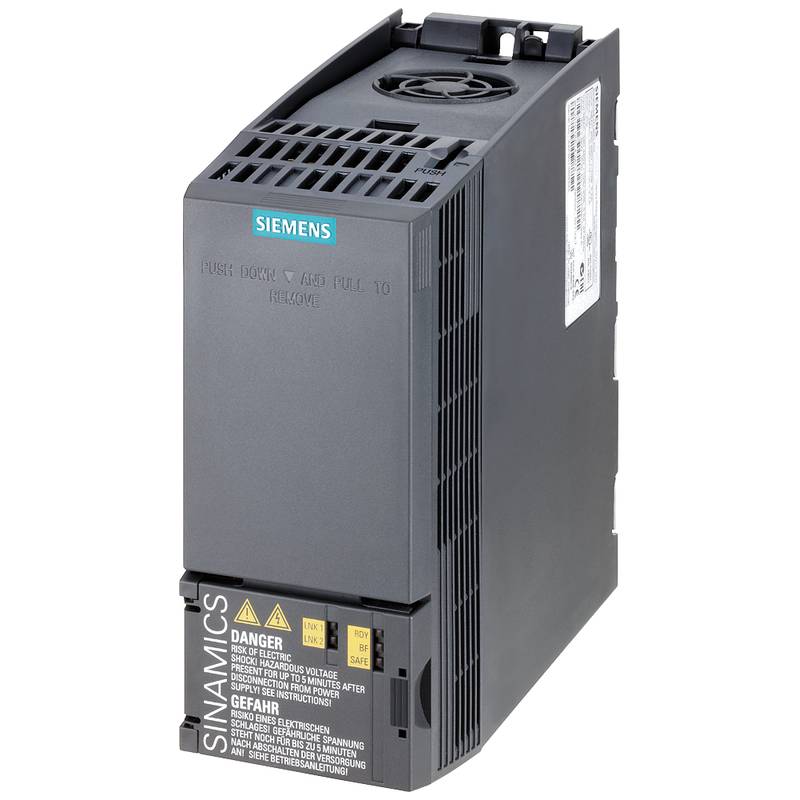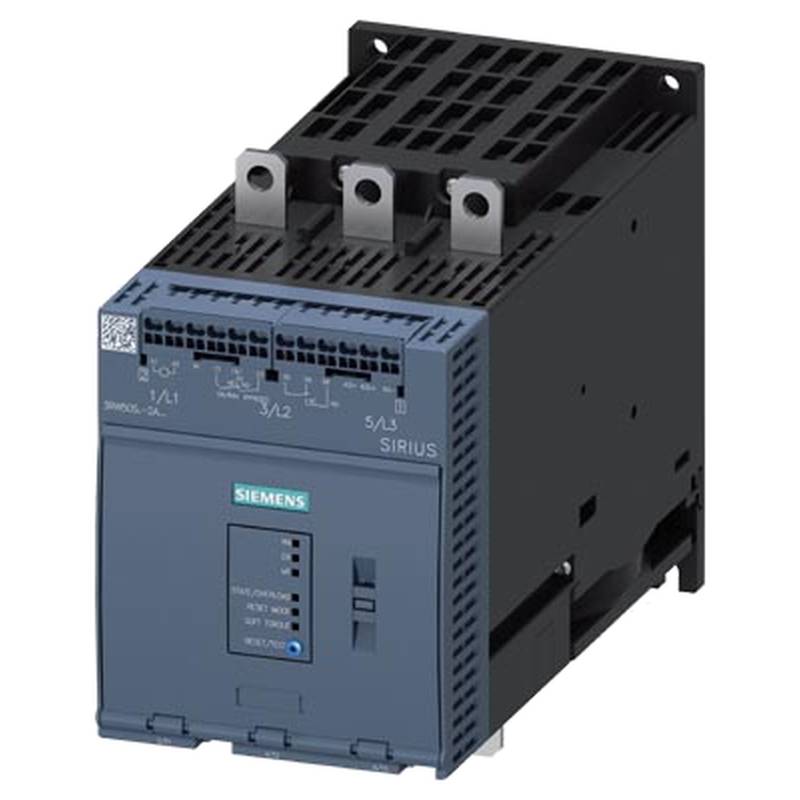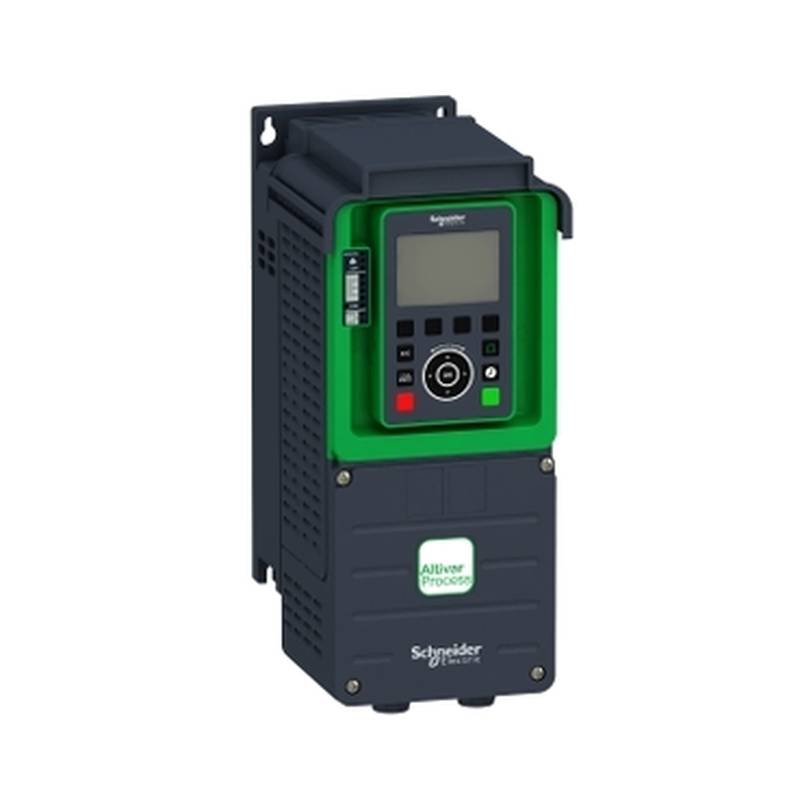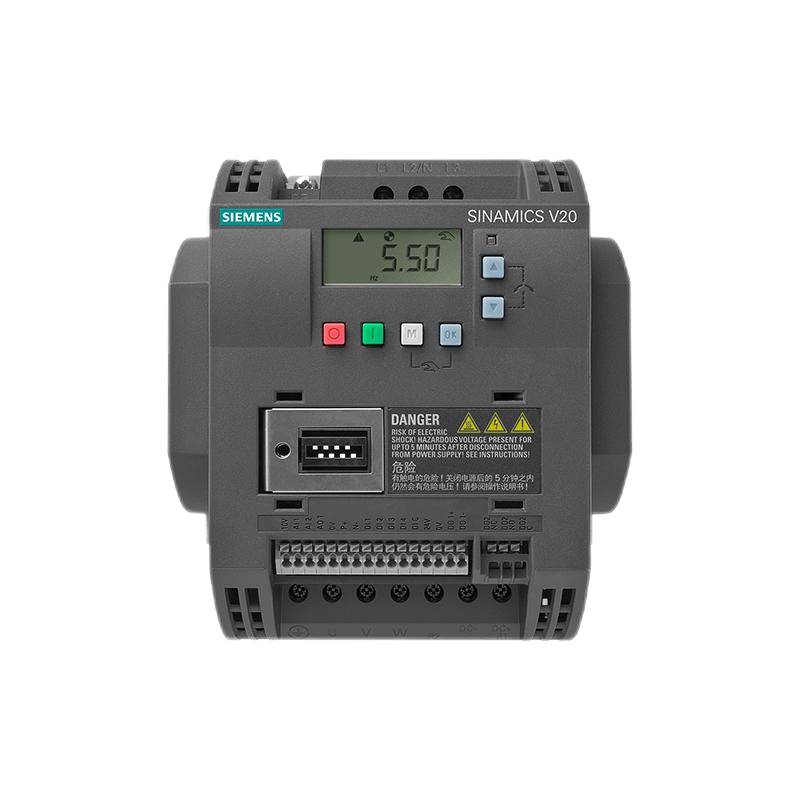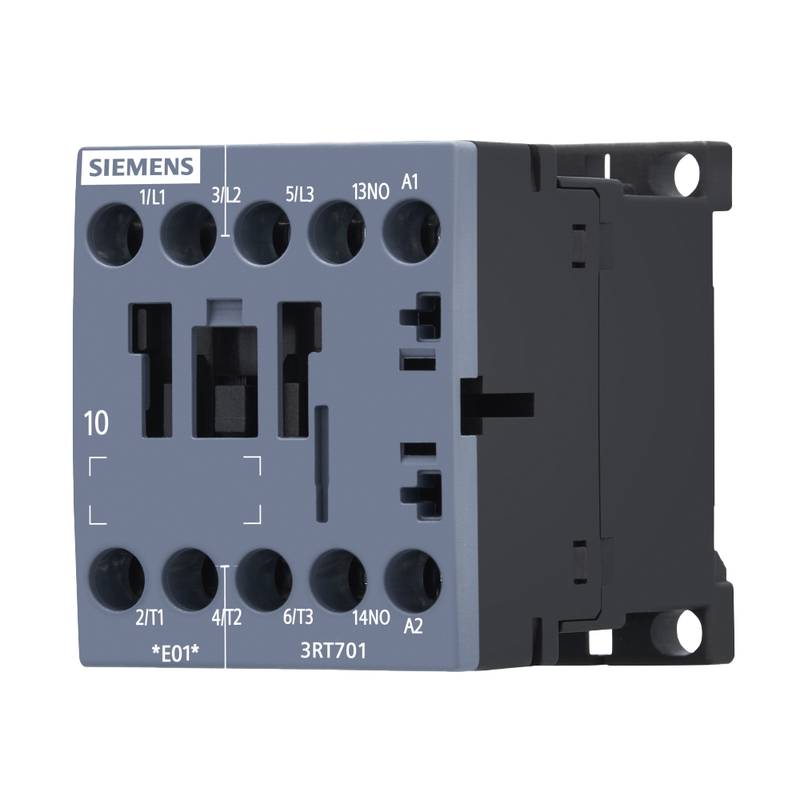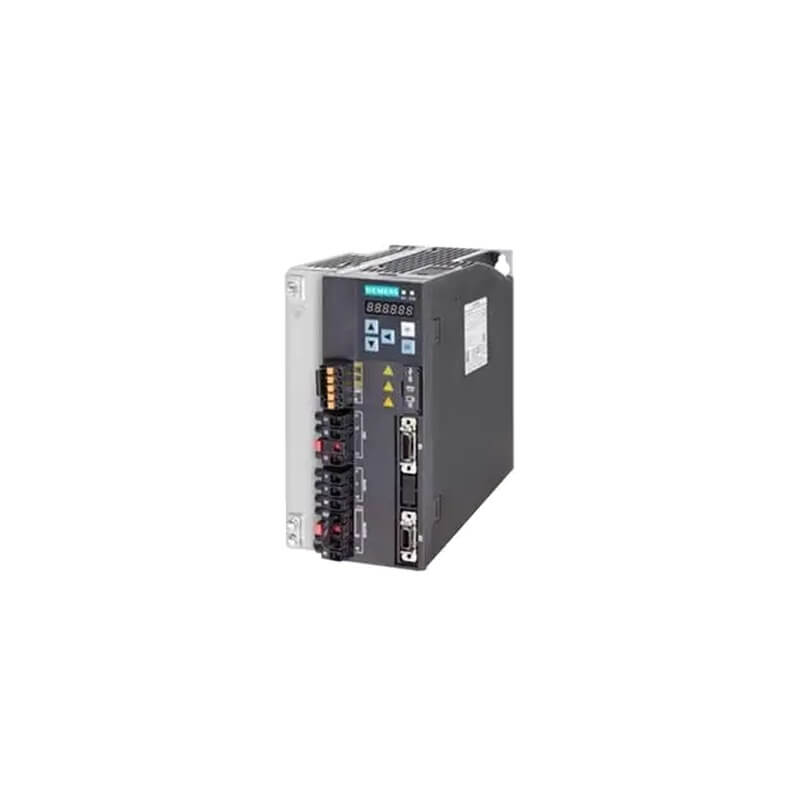
The ABB 3HNA024871-001 ACU-01B Axis Control Unit is a pivotal component for advanced robotic automation, offering enhanced precision, reliability, and performance for ABB robot systems. This control unit is engineered to deliver superior motion control, enabling complex tasks with remarkable accuracy and speed. Key advantages include its robust design for demanding industrial environments, seamless integration capabilities, and advanced diagnostic features that minimize downtime. The ACU-01B unit boasts a compact form factor, high processing power, and sophisticated algorithms for optimal trajectory planning and execution.
Product Specifications
| Feature | Specification |
| :-------------------- | :------------------------------------------- |
| Product Number | 3HNA024871-001 |
| Unit Name | ACU-01B Axis Control Unit |
| Compatibility | ABB Robot Systems |
| Voltage | Typically 24VDC (verify specific system) |
| Current Rating | Varies by axis and load (refer to manual) |
| Operating Temperature | -10°C to +55°C (typical, verify manual) |
| Environmental Rating | IP20 (typical, verify manual) |
| Dimensions | Compact, panel-mount design (verify manual) |
| Communication Ports | Ethernet/IP, Profinet, DeviceNet (verify) |
Core Features & Market Positioning
The ABB 3HNA024871-001 ACU-01B stands out in the industrial automation market due to its specialized design for precise axis control in ABB robotic applications. Its market positioning is defined by its ability to enhance the performance of robots in high-speed, high-accuracy tasks, making it ideal for industries such as automotive, electronics manufacturing, and logistics. The unit's advanced servo control algorithms ensure smooth, dynamic movements, significantly reducing cycle times and improving product quality. Furthermore, its robust diagnostics and fault detection capabilities contribute to high system uptime, a critical factor for manufacturers seeking to maximize production efficiency and minimize operational costs. The ACU-01B represents a commitment to reliability and cutting-edge technology in robotic motion control.
Key Application Scenarios
This axis control unit is integral to a wide array of industrial automation applications. It is extensively used in assembly lines for precise component placement and manipulation, particularly in the electronics sector where micron-level accuracy is paramount. In the automotive industry, the ACU-01B facilitates high-speed welding, dispensing, and material handling operations, ensuring consistency and quality across large-scale production. It also plays a crucial role in logistics and packaging, enabling robots to perform intricate sorting, picking, and palletizing tasks with unparalleled speed and reliability. The unit's versatility allows it to be a key enabler for robots performing intricate pick-and-place operations, intricate machine tending, and precise surface finishing applications, thereby enhancing throughput and operational efficiency across diverse manufacturing environments.
Practical System Integration Guidance
Integrating the ABB 3HNA024871-001 ACU-01B into an existing ABB robot system typically involves careful wiring and configuration within the robot controller's cabinet. Ensure that power and communication lines are correctly connected according to the system's electrical schematics and the ACU-01B's documentation. The unit communicates with the main robot controller, often via dedicated backplane interfaces or industrial Ethernet protocols, requiring proper network setup and IP address configuration for seamless data exchange. Initial commissioning involves parameterization within the robot's programming environment (e.g., RobotStudio), where axis-specific settings, drive configurations, and safety limits are defined. It is essential to consult the official ABB technical manual for the specific robot model and controller version for detailed wiring diagrams, communication protocols, and parameter settings to ensure optimal and safe operation.
Operation and Risk Mitigation
Safe and efficient operation of the ABB 3HNA024871-001 ACU-01B is paramount in industrial settings. Users must adhere strictly to all safety guidelines provided in the ABB robot system's documentation, including lockout/tagout procedures during maintenance and proper emergency stop protocols. Regular diagnostics checks, often accessible through the robot controller's interface, are crucial for preemptively identifying potential issues. Common troubleshooting may involve verifying power supply, checking communication links, and ensuring correct parameter settings. Critical fault codes, when they occur, are typically displayed on the robot controller's teach pendant, providing specific information for diagnosis. It is vital to consult the system's fault code list for detailed explanations and recommended corrective actions to minimize operational risks and downtime.
Scalability & Long-Term Value
The ACU-01B Axis Control Unit is designed to offer significant long-term value and scalability within the ABB robotics ecosystem. Its compatibility with a range of ABB robot controllers and software versions ensures that systems can be upgraded or expanded without requiring a complete overhaul of the control hardware. This backward and forward compatibility facilitates the integration of new robot models or the enhancement of existing automation cells. As industries move towards Industry 4.0 and the Industrial Internet of Things (IIoT), the ACU-01B's ability to integrate with advanced data acquisition and analytics platforms allows for enhanced predictive maintenance, process optimization, and remote monitoring capabilities, thereby future-proofing robotic investments and maximizing return on investment.
FAQs
What are the primary benefits of using the ABB 3HNA024871-001 ACU-01B?
It offers enhanced precision and control for ABB robot movements. This leads to improved cycle times and superior accuracy in complex tasks. The unit also boasts robust diagnostics for increased uptime.
How does the ACU-01B improve robot performance?
Advanced servo control algorithms provide smoother, more dynamic motion profiles. This minimizes vibration and allows for faster acceleration and deceleration. The result is a tangible increase in overall robot throughput and operational efficiency.
What makes the ACU-01B suitable for demanding industrial environments?
Its design focuses on reliability and durability, crucial for continuous operation. Built to withstand typical industrial conditions, it ensures consistent performance where it matters most.
What are the typical communication protocols supported by the ACU-01B?
Common industrial protocols like Profinet and Ethernet/IP are usually supported. DeviceNet is also often an option for integration. Always verify the specific version's capabilities.
How can I ensure proper network configuration for the ACU-01B?
Consult the official ABB technical manual for detailed instructions. Proper IP address assignment and network settings are critical. Incorrect configuration can lead to communication failures.
What is the recommended procedure for system integration of the ACU-01B?
Begin by carefully reviewing electrical schematics and the unit's documentation. Correct wiring of power and communication lines is essential. Then, proceed with parameterization in the robot controller's software.
Where can I find detailed wiring diagrams for the ACU-01B?
Detailed wiring diagrams are exclusively found in the official ABB technical manual for your specific robot and controller model. Always refer to this authoritative source.
What safety precautions should be taken when operating or maintaining the ACU-01B?
Strictly follow all safety guidelines from ABB documentation. Lockout/tagout procedures are mandatory during maintenance. Understand and utilize emergency stop functions.
How can I troubleshoot common issues with the ACU-01B?
Start by checking the power supply and all communication links. Verify that robot controller parameters are correctly set. Consult the system's fault code list for guidance.
What are the implications of fault codes displayed by the ACU-01B?
Fault codes indicate specific errors or malfunctions detected by the system. They are vital for accurate diagnosis and timely resolution. Refer to the manual for specific meanings.
Can the ACU-01B be upgraded or integrated into newer ABB robot systems?
Yes, its design often allows for compatibility with newer controllers and software. This ensures scalability and protects your investment. It facilitates future system enhancements.
How does the ACU-01B contribute to the long-term value of a robotic system?
It enables integration with IIoT platforms for advanced data analytics. This supports predictive maintenance and process optimization. Its compatibility ensures longevity.
What role does the ACU-01B play in Industry 4.0 initiatives?
It facilitates data exchange for enhanced monitoring and control. This supports smart manufacturing goals. It's a key component for connected automation.














